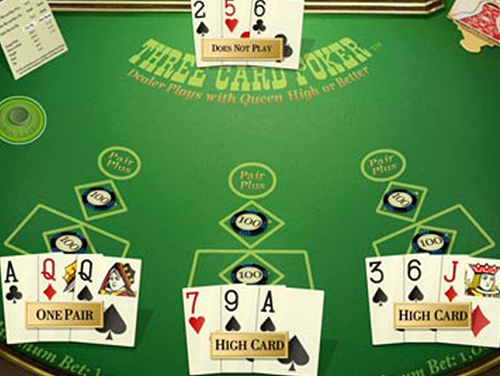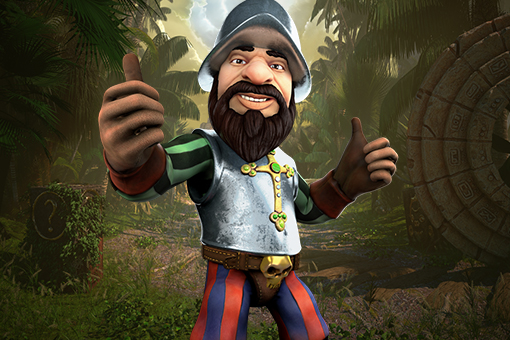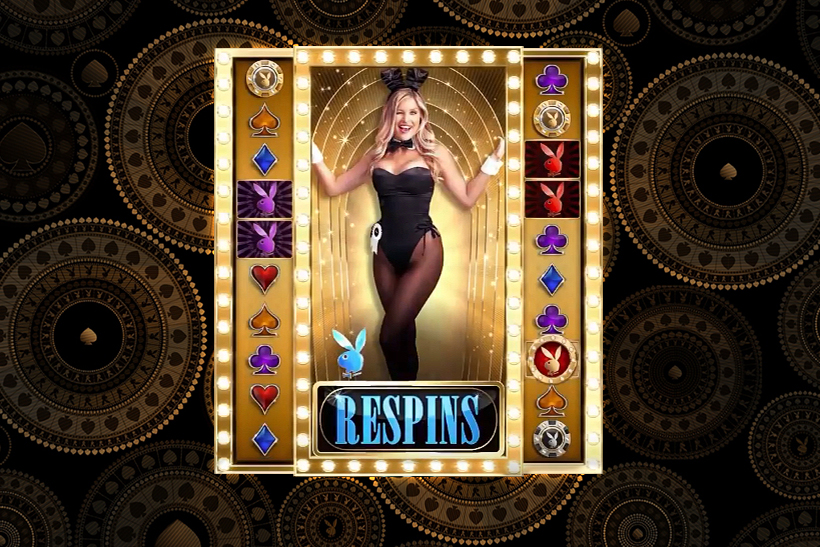Bets on Card Games
Before you start the game, participants must decide what kind of betting system they use in this game. Normally there are the following options:
- Before delivery, each player puts one white chip.
- Before taking only one dealer puts one white chip or, for example, a red one.
Special combinations
To make the game more intense and let the players have an opportunity to increase the number of winning card combinations, in some cases there are special combinations that do not occur in so-called “Orthodox” poker. However, these combinations of cards, if it is desired and prior agreement between the players compete in the game on a par with traditional combinations. I think that our enthusiasts of poker game will like such a revival in the game.
- “Big tiger” or “Big cat”. Here the eldest card is the king, and the youngest one is eight (without the bench). For example, it may be K-j-10-8. This combination loses to the flash, but it beats “Kitty” any “Dog,” big and small), as well as street.
- “Tiger cub” or “Kitten”. In this combination the eldest card is eight and the youngest one is three. For example, this may be 8-7-5-4-3. The combination loses to the “Big tiger (the cat)” and the flash; but beats “Dog” and street.
- “Big dog”. In this combination the eldest card is an ACE, and the youngest one is nine (without a pair). For example, it can be: A-q-j-10-9. “Big dog” loses to “a Large tiger (the cat), Tiger (kitten)” and flash, but beats “Small dog” and the street.
- “Small dog”. Here the highest card is a seven and the younger pair (without a pair). Example: 7-6-4-3-2. This combination beats the street, but loses “Big dog”, “Big tiger (the cat), Tiger (kitten)” and flash.
While drawing cats and dogs the other additional combinations in the game do not participate. Therefore, following the combinations, we start the numbering again.
- Pelter (skit). This combination includes nine, five, a deuce and two other low cards (no pairs). This can be, for example, 9-7-5-3-2. This combination beats a straight but loses to flash. In some cases, it is believed that one of the two odd cards must be in the denomination between nine and five and the other between five and two, so that, for example, the combination 9-5-4-3-2 is not skit.
- Skit street (Dutch street or a killer). This combination includes five cards in an alternating sequence, for example, In-9-7-5 or D-10-8-6-4. The combination loses to street but beats the three.
- Street circular. This combination includes card the following sequence: 3-2-A-K-D. In fact, it is the youngest street. 5-4-3-2-A beats 4-3-2-A-K, which in turn has a 3-2-A-K-D, etc. If the game involved the skit street simultaneously with the circular street, then the first combination (i.e., Skeet street) will be considered as the eldest one and it wins.
- Blaze. This is a five any of the figures. This combination loses the top three, however, beats any dupe row hand.
- For-flash flash, not for five, but only four maps. In addition to stud poker, this combination is rarely played. Loses double-pair hand, but beats a hand with a pair.
Special flash
In some embodiments, the combination of cat, dog and skit beat flash, therefore cat flash dog flash and skit-flash-beat street flash and become the eldest hand in the game if the map does not implement five — in value, which is always considered the eldest hand.
Violation of equality
The equality of the two hands of the same denomination is broken so, just like in the case of other not paired hands. Therefore, two small dogs 7-6-4-3-2 beat 7-5-4-3-2.
The opening blindly
This variation of poker is also known as “blind bets with increasing” or “Blind tiger”.
The dealer places one chip, which is not counted as a bet. The player, who sits to the left of the dealer, is obliged to raise a “blind” bet, by putting in the bank two chips. Thus, each bank in this game starts with four chips.
Such required increase previously wore the name “straddle”, which literally meant: “the position with legs wide apart”.
Then the cards are dealt. The first move belongs to the participant who sits at the left hand of the player to increase the bet blindly. During it he has the right to repeat, putting two chips; or make a promotion, this time placing three chips; or to leave the game.
Bid to buy is limited to one chip. In this situation the players have the right to raise rates only in the limit. After that, the players according to the established order, place their bets. The dealer’s fee is not included in his rates for repetition and increase the previous bet. However, during it they consider the rate in one chip, made in the blind opening the player and the bet of two chips, which is made in the blind by the player, who played with a raise.
Therefore, the first player (i.e., one chip), and the second one would remain in the bank, if none of the players did increase.
After the hit the rate is limited to two chips. The betting starts with the player who has made the opening in the blind (if he stayed in the game). ‘Otherwise the bet begins active player who sits to the left of the specified player. Players can make the pass until a bet.
The rate of the increase in the blind
In an earlier version of the game the opening in the blind considered mandatory to make the first bet in the blind, as well as the first increase blind (straddle).
The player, who sits to the left of the party which has made a mandatory raise, can raise the blind bet by putting in four chips. In this case, the player sitting to the left of it has the right to make rising in the blind by putting eight or more chips.
But in most cases the game between players is limited to a few enhancements. Before the buy limit is determined by the last increase.





